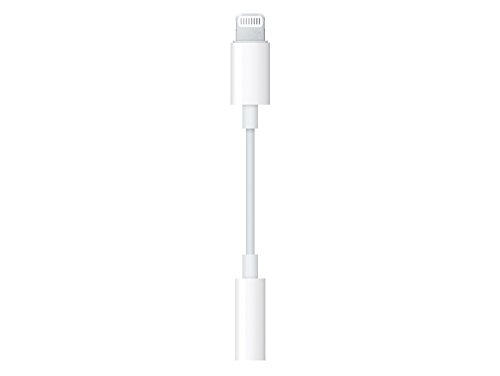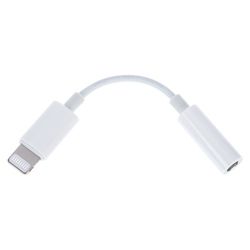What should I watch out for when I sing karaoke online at Smule?
Hello and first of all thank you for taking the time to check out my Smule online karaoke tips. I have been singing on Smule for quite some time now and noticed that newcomers often have problems with the Smule app and sound quality. For this reason, I try to remember my first initial problems and to pass on as much as possible to you. Maybe that will spare you one or the other unpleasant hurdle!
The very first thing you need to look out for is Smule, as you record. First of all, you should be aware of the position of the microphone in your headset. The more direct you sing in the direction of the microphone, the clearer and less dull your sound becomes. Also, you should avoid hard touches at the location of the microphone, otherwise there will be background noise on the recording. Some singers deliberately keep their microphone in the direction of their mouth to make the sound clearer. But avoid rough handling with the microphone input, because they produce unwanted noise. If your voice sounds dull on the recordings, try to locate the input of your microphone on the headset and turn it so that you are singing directly into it.
Many newbies also have the problem that they record the vocals' previous vocals a second time via their own microphone. This greatly reduces the overall quality of the sound! This happens especially when the speaker is close to the microphone. For example, if you record completely without headphones, the entire piece of music would be played relatively loud on the cell phone speakers. This sound via the mobile phone speakers is detected via the microphone of the mobile phone or headset and thus moves a second time - but in mobile speaker quality - in the recording. This not only worsens the overall sound of the recording, but also the original vocals of your vocal partner. This one will most likely not be overly pleased.
So avoid to sing without headphones! When recording, only your own voice may be recorded via the microphone. There must be no instrumental music in the background nor the singing of the vocal partner. You only have to listen to it via the headphones - only for you and not for the microphone. Also avoids headphone or headset sound being picked up again via the microphone. This happens, for example, even if you only have a single headphone in your ear and the other loosely dangling. If this is too close to the microphone recording area, the same problem occurs. So be aware that nothing else than the sound of your own voice is allowed to enter the microphone when recording! If necessary, hold the loose headphone plug closed so that no sound can be picked up from the microphone.
Please also note that Smule does not support Bluetooth headsets like the Apple AirPods. Bluetooth connections have a minimal time delay, but it already prevents singing to the point when singing. For this reason, the use of Bluetooth headsets - even if they are technically supported - is not recommended.
On some Android phones, it also seems that plugging in a headset does not turn off the internal microphone. This can also lead to the sound of the vocal partner being recorded a second time on your own mobile phone. So please take this as a possible source of error into consideration as well. It is absolutely spoiled at Smule, to worsen the original sound quality of the singing partner. Do not be surprised if there is no like for it.
Maybe one or the other of you remembers American Idol / Britain's Got Talent, where it's absolutely spoiled when auditioning candidates sing with headphones. The key difference is: At Smule, your own vocals are played through the headphones. By doing so, you hear yourself singing and whether or not you are making the sounds. While singing, you can use the volume icon at the bottom of the screen to set in percent how loud you want to hear your own vocals. If you play a song via a music player via a music player and sing (without Smule), then you will not hear your own vocals over the headphones and you can not self-refect yourself if you are singing properly. If your own vocals are given over the headphones, then it is fine - and also practicable practice in music studios.
How do I adjust the sound, effects and volume correctly?
After some time with Smule, I've started to normally limit myself to two effects: On the one hand Polish and the other super studio. Since I now know my microphone well, I now know that in the case of my microphone I first set the volume for Polish to -8.0 and when using Super Studio to -4.5. These settings are related to my setup and will differ from my values in the case of your setup (with a different headset, microphone, etc.). Each effect affects the volume of your singing individually.
Depending on the effect used, I then listen to the song in extracts with the volume set. When I sing to a vocal partner, I tune my volume to the vocalist's volume. When I sing to an instrumental part without any existing vocal partner, I first use my volume settings, which I have noticed. Then I make sure that the instrumental piece is louder or softer than my voice and regulate accordingly. Some instrumental templates are quieter than others. Here, I also turn my voice a little quieter. If the instrumental piece is exceptionally loud, I also make my own voice a bit louder. In addition, I hear a quieter and a louder passage from the song. At the end, I adjust the volume so that my voice is still intelligible in a loud song passage, but not too loud for a quiet passage.
Has already sung a singing partner to the piece of music, I align my own volume not to the instrumental template, but to my singing partner. Again, I start with the volume settings, which I have remembered for the effect used. Then I hear a passage in which only my singing partner sings. Then, for comparison, I listen to a passage in which only I sing. Then I try to adjust my voice volume so that both voices sound almost identical loud. Then I also hear a passage in which both voices sing at the same time. It is often the case that one voice displaces the other through Smule's dynamic range compressor settings. On the basis of the common vocal passages one can observe this quite well. It is important that both voices are heard as loud as possible. A common vocal passage is therefore very well suited to fine-tune the volume. Highly recommended are also rather loud passages of the song, in which both voices can be heard.
Unfortunately, in practice it is almost impossible to make both voices sound identical, both in terms of volume and effects. This is because everyone has different microphones and speakers and headphones have different sound characteristics, especially in the consumer sector.
Be aware that your voice does not sound the same on every speaker and headset. Microphones differ in frequency band volumes. Your only option is to find a good and reasonable middle ground. In addition, a volume adjustment via hi-fi speakers experience is easier than on headphones.
Limit yourself to a few effects whose characteristics you know. Set some reverb, but not too much. Less is usually more - but too dry it does not sound good.
It continues for the advanced ...
How do I use a professional microphone in the Smule Online Karaoke App?
More questions?
If the article has not answered all questions, you can also contact me.
Note about affiliate links
*On this page, I share my personal experience with my own personal experience. If articles such as technical equipment are presented, this is not sponsoring by the manufacturer. Nevertheless, I reserve the right to put affiliate advertising links to shopping sites. In the case of product sales on the linked website, the website operator receives a small commission - of course, without the article for the buyer is thereby more expensive. Affiliate advertising links are marked with an appropriate *.
![]led_ringlicht_stativ ]led_ringlicht_stativ](https://m.media-amazon.com/images/I/41nrwFMRfnL._SL500_.jpg)


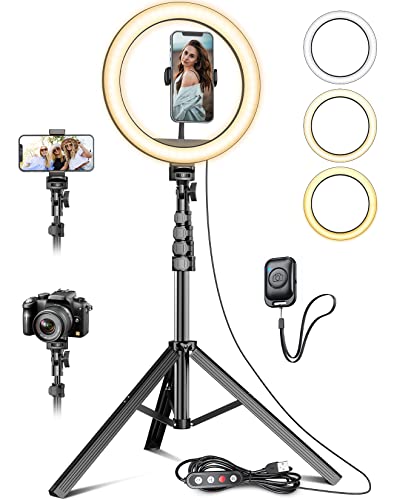

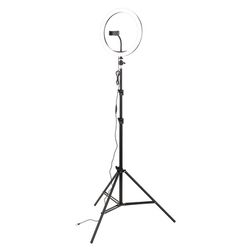
![]anditasten+halterung ]anditasten+halterung](https://m.media-amazon.com/images/I/31lDkApLyXS._SL500_.jpg)


![]tascam_ixz ]tascam_ixz](https://m.media-amazon.com/images/I/41OO01g1jOL._SL500_.jpg)




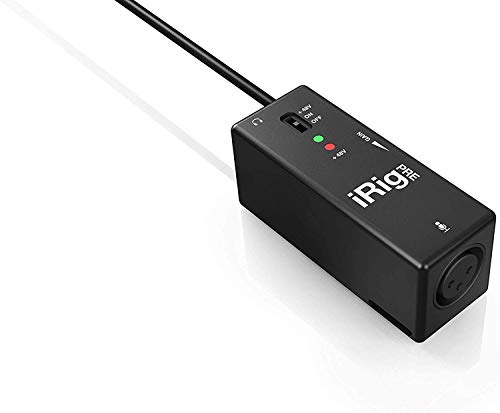
![]adapter_klinke_auf_lightning ]adapter_klinke_auf_lightning](https://m.media-amazon.com/images/I/21oM9VHgPHL._SL500_.jpg)

